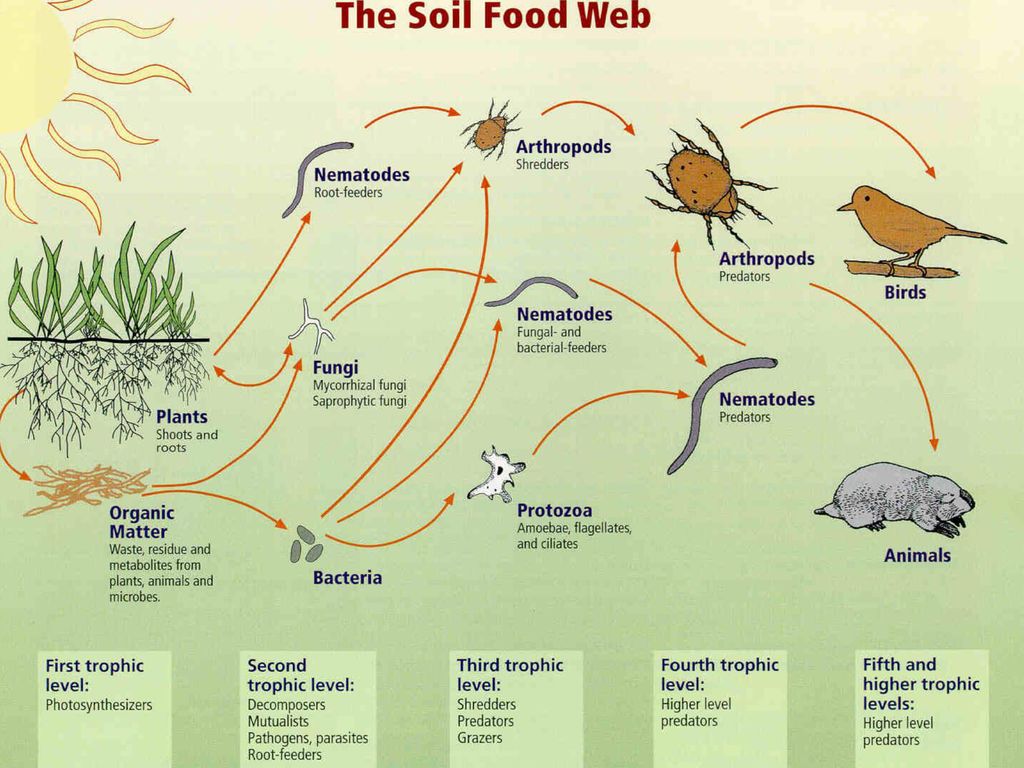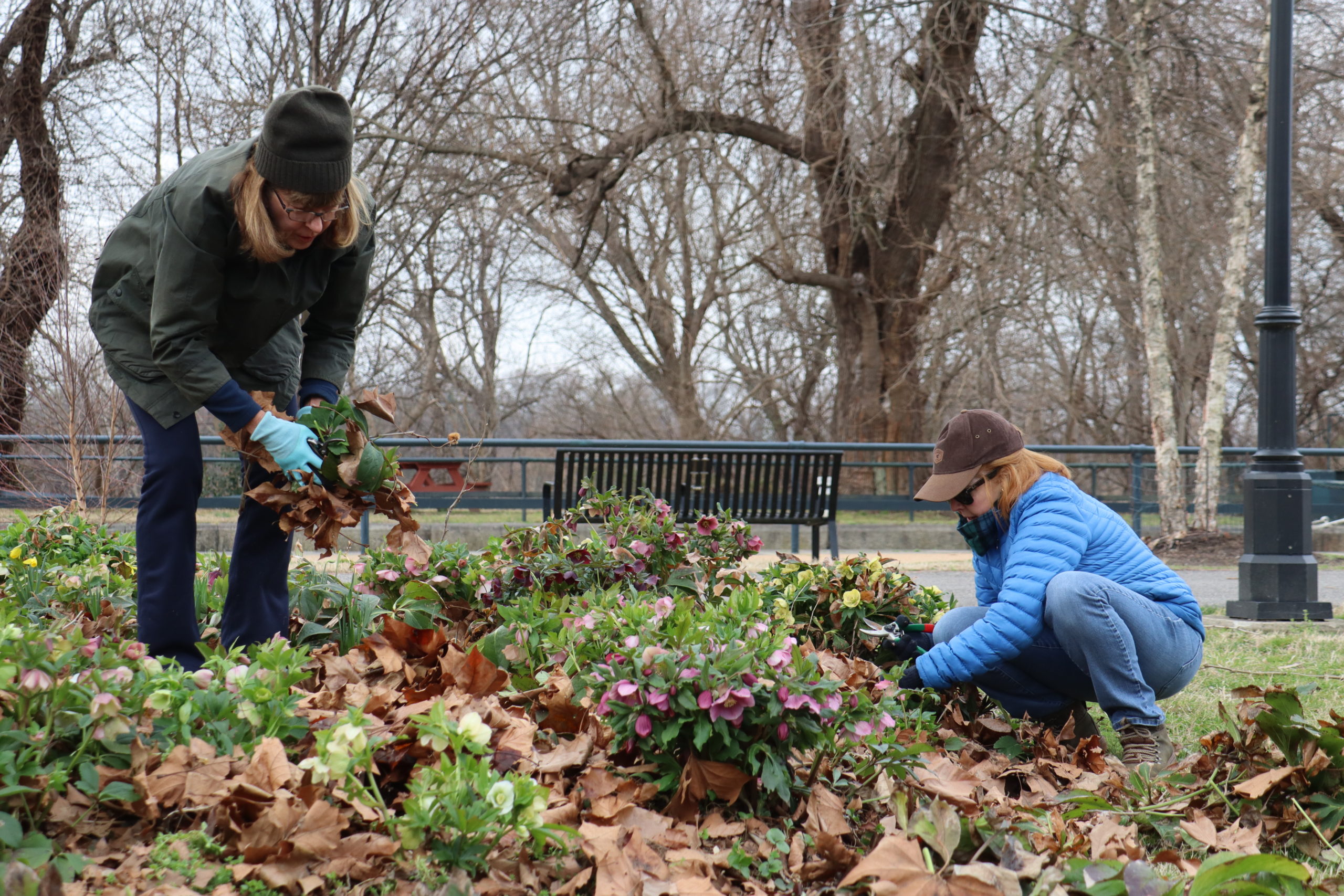Author: Mary Petres
A recent blog post by our Sustainability Champion, Anna Aquino, presented a great explanation of why Capital Trees is committed to developing and practicing sustainable landscape management practices for its projects. As Ms. Aquino addressed in her blog, the health of the soil determines the health of the planet. Said another way,
“Be it deep or shallow, red or black, sand or clay, the soil is the link between the rock core of the earth and the living things on its surface. It is the foothold for the plants we grow. Therein lies the main reason for our interest in soils.” — Roy W. Simonson, USDA Yearbook of Agriculture 1957
With that in mind we at Capital Trees are working to not only better understand how we can keep the soil in our gardens healthy, but also best practices for creating healthy soil for future projects. Gardening in urban areas presents unique challenges such as elevated temperatures, severely modified soil structure which impacts drainage and aeration, reduced organic matter, and reduced levels of microorganisms and interrupted nutrient cycling. All hurdles we hope to overcome with sustainable practices.
I joined Capital Trees a little over a year ago as the Horticultural Consultant. My primary responsibility is the care of the existing green spaces developed by Capital Trees, which includes Great Shiplock Park all the way to the Low Line Green. In addition to providing a wonderful green space for humans and wildlife, they also serve as our soil laboratory.
Great Shiplock Park was finished in 2013. We are currently renovating many of the gardens in this space. As we do this, we are conducting two types of soil tests. One test will give us information such as ph, cation exchange capacity, and levels of plant nutrients. The first two pieces of information are important because the values influence the soil’s ability to supply plant nutrients to the soil solution for plants to absorb. Once this information is known various practices can be employed that can change the values to the optimum range for the plants being grown.
The other test tells us about the population of soil organisms. These are the creatures that make up the soil food web and are responsible for recycling carbon and nutrients. The combination of information can help guide us as to the needs of the soil in the garden.

Most people are familiar with the above-ground food web: Plants are eaten by herbivores are eaten by carnivores, and so on. But most plant matter is not eaten by herbivores; it is decomposed by the underground food web. All plants depend on the soil food web for their nutrition. Image courtesy of the USDA-NRCS. USDA Natural Resources Conservation.
We are committed to not using artificial fertilizers in the gardens. Instead we are focused on establishing a self-sustaining ecosystem, by relying on practices such as mulching with garden clippings and leaves of trees and adding compost or compost tea. This process gives the soil microbes what they need to better serve the plants and/or add beneficial microbes that are missing back into the soil. Through observing current plant species, we begin to understand what plants thrive together and under what conditions.
Much of the new science on soil health comes from the field of agriculture. We will continue educating ourselves and testing how best to apply these learnings to a diverse urban green space. Unlike most agricultural projects that are single crop, we work with a diverse plant population. This in addition to the challenges of an urban environment (ground pollution from street run-off, excessive heat from roads and structures, ground contamination from industrial endeavors, loss of topsoil, compaction,etc.) calls for creative thinking and lots of trial-and-error testing to determine best practices.
We look forward to the role we can play in serving as good stewards of our land through sustainable urban greening and sharing with you are findings.
“Societies that last and prosper either learn how to conserve soil or have environments that naturally refresh the dirt.” —David R. Montgomery, Dir, 2008



